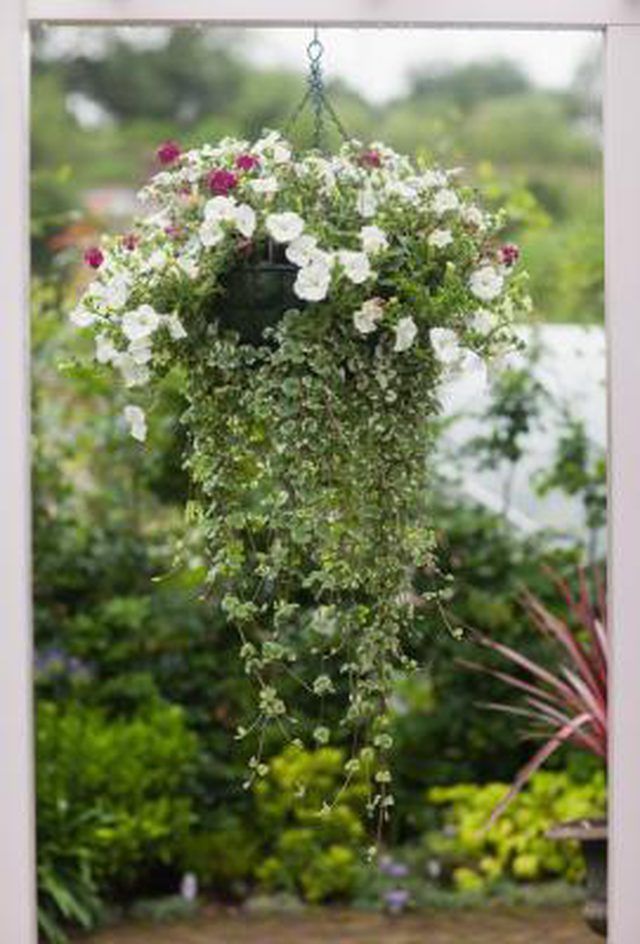Bulbs
Flower Basics
Flower Beds & Specialty Gardens
Flower Garden
Garden Furniture
Garden Gnomes
Garden Seeds
Garden Sheds
Garden Statues
Garden Tools & Supplies
Gardening Basics
Green & Organic
Groundcovers & Vines
Growing Annuals
Growing Basil
Growing Beans
Growing Berries
Growing Blueberries
Growing Cactus
Growing Corn
Growing Cotton
Growing Edibles
Growing Flowers
Growing Garlic
Growing Grapes
Growing Grass
Growing Herbs
Growing Jasmine
Growing Mint
Growing Mushrooms
Orchids
Growing Peanuts
Growing Perennials
Growing Plants
Growing Rosemary
Growing Roses
Growing Strawberries
Growing Sunflowers
Growing Thyme
Growing Tomatoes
Growing Tulips
Growing Vegetables
Herb Basics
Herb Garden
Indoor Growing
Landscaping Basics
Landscaping Patios
Landscaping Plants
Landscaping Shrubs
Landscaping Trees
Landscaping Walks & Pathways
Lawn Basics
Lawn Maintenance
Lawn Mowers
Lawn Ornaments
Lawn Planting
Lawn Tools
Outdoor Growing
Overall Landscape Planning
Pests, Weeds & Problems
Plant Basics
Rock Garden
Rose Garden
Shrubs
Soil
Specialty Gardens
Trees
Vegetable Garden
Yard Maintenance
How to Care for a Bridal Veil Hanging Plant
How to Care for a Bridal Veil Hanging Plant. Delicate flowers over cascading foliage give bridal veil (Gibasis geniculata) its name. Also known as Tahitian bridal veil, it is hardy in U.S. Department of Agriculture plant hardiness zones 9b through 13, although this American native is grown as a house plant in other areas. A type of wandering Jew,...

Delicate flowers over cascading foliage give bridal veil (Gibasis geniculata) its name. Also known as Tahitian bridal veil, it is hardy in U.S. Department of Agriculture plant hardiness zones 9b through 13, although this American native is grown as a house plant in other areas. A type of wandering Jew, the plant produces leaves that are light green on top and purple underneath and tiny white flowers through the spring and summer. Beyond protecting it from direct sunlight, the plant is easy to grow.
Things You'll Need
Liquid plant food, 5-10-5
Insecticidal soap
Sprayer
Pruning shears
Isopropyl alcohol, 70 percent
Cotton swabs or balls
Hang bridal veil in a spot that gets diffused light. During warm months, this could be on a shaded porch. In the colder months, place the plant in a room that gets bright, indirect light.
Monitor the temperature where the bridal veil is placed. It thrives in 55 to 70 degrees Fahrenheit. Extreme temperatures will harm it; bring it indoors during these times.
Water bridal veil no more than twice a week during the growing season. Use a container with adequate drainage and water the plant only when the soil is moist just below the surface. The plant does better with soil that is drier, rather than too wet; over-watering will rot the roots.
Feed with a 5-10-5 liquid fertilizer every two weeks. Lightly water the soil before applying fertilizer. Mix 1 part fertilizer to 4 parts water and carefully pour onto the moistened soil; avoid wetting the foliage.
Watch for signs of root rot, such as wilting, blackened stems, yellowing leaves or stunted growth. If you suspect root rot, remove the plant from the container and inspect the roots. Healthy roots will be fibrous and have white tips, while rotted roots will be blackened and decayed. Treat mild rot by improving drainage and water only when needed; plants with severe root rot should be discarded.
Watch for signs of aphids and mites on the bridal veil plant. Aphids are tiny, pear-shaped insects that feed on the leaves of plants. Mites cause leaves to turn yellow and have speckles, or you might see a webbing in the axils of the leaves. Take the plant outside to treat for pests. Use insecticidal soap, mixing 2 1/2 to 5 tablespoons of soap per gallon of water, advises Clemson University. Add the soap mixture to a clean sprayer and spray the entire plant, coating both sides of the leaves. Leave the plant in a shaded spot outside until the leaves dry. Repeat every four to seven days as needed.
Prune to shape the plant and promote more blooms. Use clean gardening shears to remove dead or weak parts and cut off long masses of branches to shape the plant. Clean the shears’ blades before and after use by wiping them with a cotton swab or cotton ball dipped in 70 percent isopropyl alcohol.
Bring bridal veil indoors in the fall when the outside temperature drops below 55 degrees Fahrenheit. Prune back the plant and place it where it can receive diffused light. During dormant months, reduce watering to once a week and stop applications of plant food.
Tips & Warnings
Bridal veil roots easily in either soil or water; share cuttings with fellow gardeners.
Wear protective gloves when handling diseased plants.